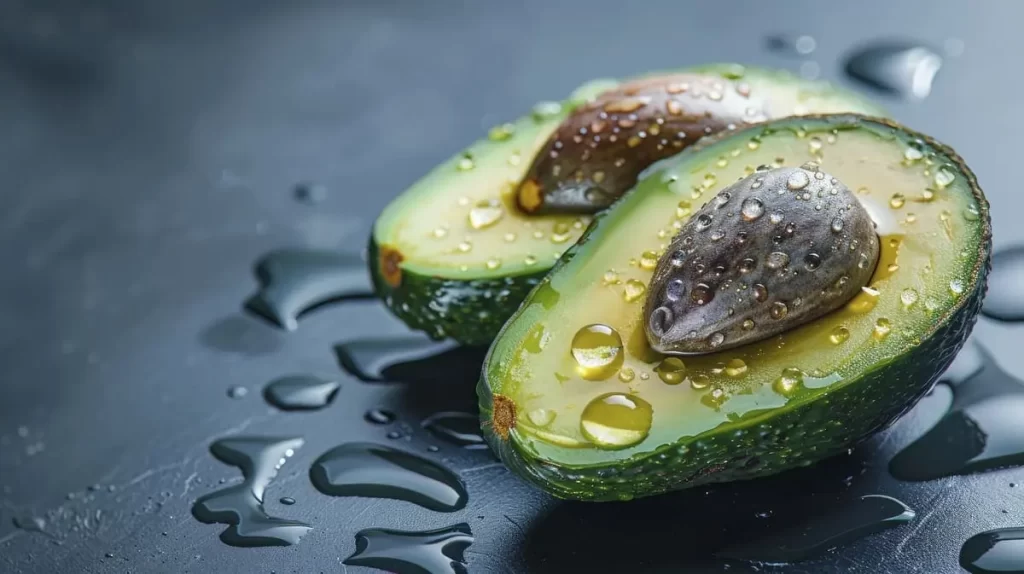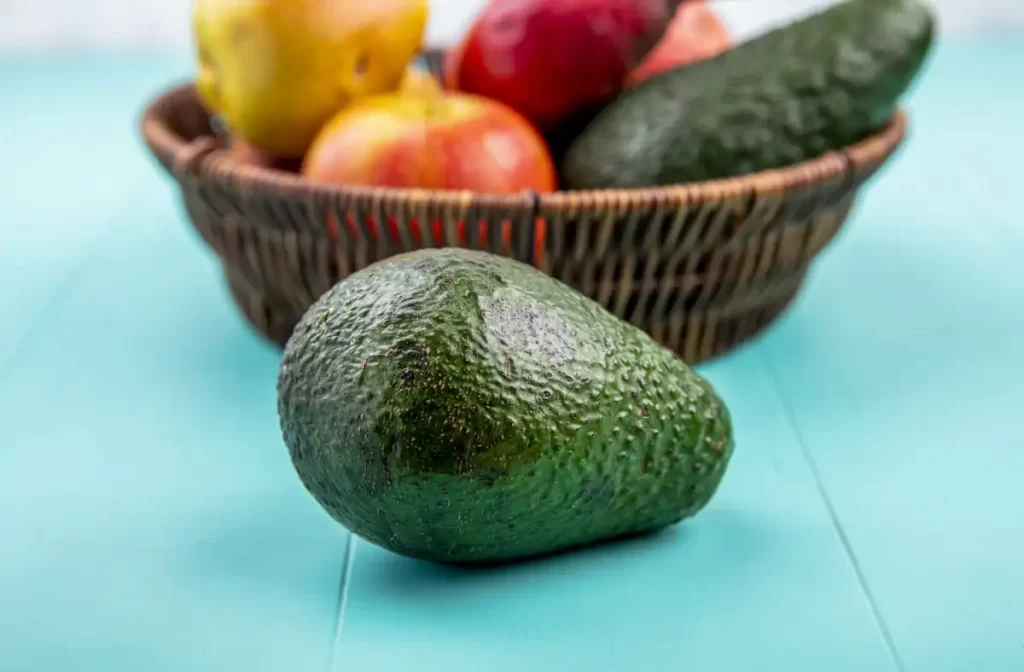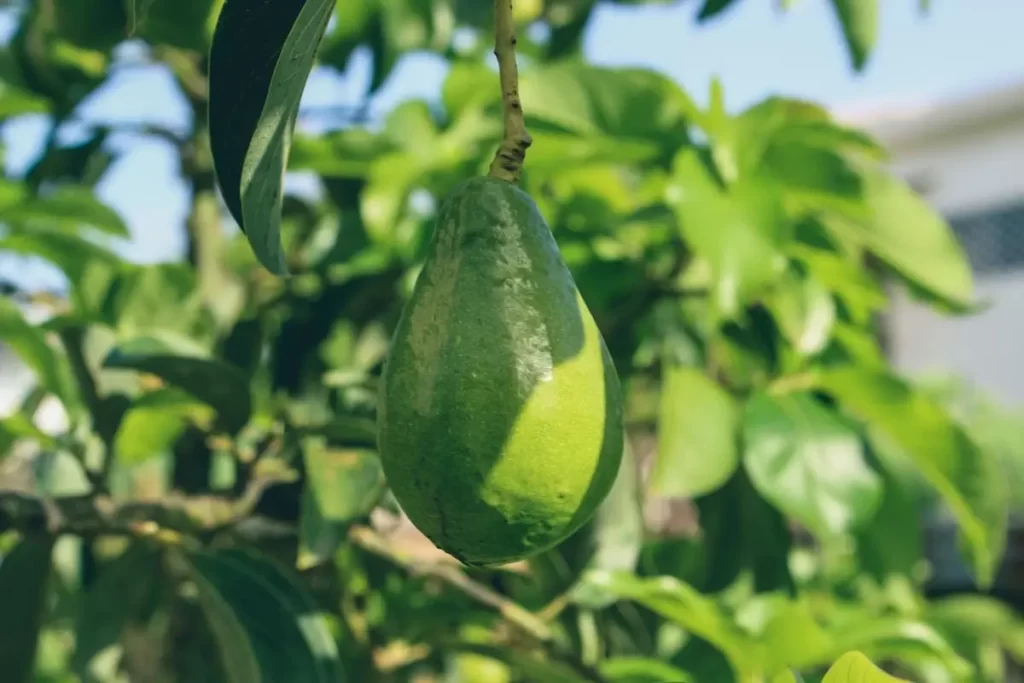The avocado (Persea americana) is a beloved fruit, known for its creamy texture and rich flavor. However, many enthusiasts believe that growing avocados is only feasible in warm, tropical climates.
This perception has changed with the development of cold resistant avocado trees. These hardy varieties can thrive in cooler environments, making avocado cultivation possible for a broader range of gardeners.
In this comprehensive guide, we will explore the best practices for growing cold resistant avocado trees, ensuring you can enjoy homegrown avocados even if you live in a cooler climate.
Understanding Cold Resistant Avocado Varieties
Cold resistant avocado trees have been selectively bred to withstand lower temperatures than their tropical counterparts.
Varieties like the Mexicola, Fuerte, and Bacon are renowned for their resilience. These trees can tolerate temperatures as low as 20°F (-6°C), making them suitable for USDA hardiness zones 8-11.

Mexicola Avocado
The Mexicola avocado is known for its black, thin skin and small to medium-sized fruit. It is one of the most cold-hardy avocado varieties, capable of withstanding temperatures down to 18°F (-8°C). The tree is vigorous and produces fruit with a high oil content, offering a rich, nutty flavor.
Fuerte Avocado
The Fuerte avocado is a hybrid of Mexican and Guatemalan varieties. It can tolerate temperatures as low as 26°F (-3°C). The fruit is medium to large, with a smooth, green skin and creamy flesh. Fuerte avocados are valued for their excellent flavor and are often considered superior to other varieties in taste.
Bacon Avocado
The Bacon avocado is another cold-tolerant variety, withstanding temperatures down to 24°F (-4°C). The fruit is medium-sized, with a thin, green skin and a mild flavor. Bacon avocados are prized for their consistency and are a popular choice for cooler regions.
Selecting the Right Site for Your Cold Resistant Avocado Tree
Proper site selection is crucial for the success of your avocado tree. Choose a location with well-drained soil and full sun exposure. Avocado trees require at least 6-8 hours of direct sunlight daily to thrive. Additionally, ensure that the site is protected from strong winds, which can damage the tree and reduce fruit yield.

Soil Requirements
Avocado trees prefer slightly acidic to neutral soil, with a pH between 6 and 7. The soil should be well-draining, as avocados are susceptible to root rot if their roots remain waterlogged. Sandy loam or decomposed granite soils are ideal. If your soil is heavy clay, consider planting your tree in a raised bed or mound to improve drainage.
Climate Considerations
While cold resistant avocado trees can tolerate lower temperatures, they still benefit from protection during extreme cold spells. Planting your tree on the south or west side of a building can provide a microclimate that offers some additional warmth. In areas prone to frost, consider using frost blankets or windbreaks to shield your tree during particularly cold nights.

Planting Your Cold Resistant Avocado Tree
Planting your avocado tree correctly sets the foundation for its health and productivity. Follow these steps to ensure successful planting:
- Dig a Hole: Dig a hole twice as wide and as deep as the tree’s root ball.
- Prepare the Soil: Mix the excavated soil with compost or well-rotted manure to enhance soil fertility and drainage.
- Position the Tree: Place the tree in the hole, ensuring that the root collar is level with or slightly above the surrounding soil.
- Backfill and Water: Backfill the hole with the amended soil, gently firming it around the roots. Water thoroughly to settle the soil and eliminate air pockets.
- Mulch: Apply a layer of mulch around the base of the tree to retain moisture and suppress weeds. Keep the mulch a few inches away from the trunk to prevent rot.
Caring for Your Cold Resistant Avocado Tree
Proper care and maintenance are vital to the success of your avocado tree. Focus on watering, fertilizing, pruning, and pest management to ensure your tree remains healthy and productive.
Watering
Avocado trees have shallow root systems and require regular watering, especially during dry periods. Keep the soil consistently moist but not waterlogged. Deep watering once or twice a week is generally sufficient. During the first year, pay extra attention to watering to help the tree establish a strong root system.
Fertilizing
Feed your avocado tree with a balanced fertilizer, such as a 10-10-10 NPK formula, three to four times a year. Begin fertilizing in early spring and continue through late summer. Avoid over-fertilizing, as excessive nutrients can lead to poor fruit quality and tree stress.
Pruning
Pruning helps maintain the shape and health of your avocado tree. Remove any dead or damaged branches and thin out crowded areas to improve air circulation. Prune your tree in late winter or early spring before new growth begins. Regular pruning encourages better fruit production and reduces the risk of disease.
Pest and Disease Management
Cold resistant avocado trees are generally hardy, but they can still be susceptible to pests and diseases. Common pests include avocado thrips, mites, and caterpillars. Use insecticidal soaps or horticultural oils to manage these pests. Diseases such as root rot and fungal infections can be prevented by ensuring proper drainage and avoiding overwatering.
Harvesting Your Avocados
Patience is key when it comes to harvesting avocados. Unlike many fruits, avocados do not ripen on the tree. Instead, they mature and then ripen after being picked.
Determining Maturity
To determine if your avocados are mature, gently squeeze the fruit. Mature avocados will yield slightly to pressure but will not be soft. Another method is to pick a few avocados and allow them to ripen indoors. If they ripen evenly and have good flavor, the remaining fruit on the tree is likely mature.
Harvesting Techniques
Use a sharp knife or pruning shears to cut the stem above the fruit. Handle avocados gently to avoid bruising. Place the harvested fruit in a cool, dry place to ripen. Depending on the variety, ripening can take anywhere from a few days to a week.
Storing and Using Your Avocados
Once your avocados are ripe, store them in the refrigerator to prolong their shelf life. Ripe avocados can be stored for up to a week. Unripe avocados should be kept at room temperature until they ripen.
Culinary Uses
Avocados are incredibly versatile in the kitchen. Use them to make guacamole, spread on toast, or add to salads and smoothies. They are also a healthy substitute for butter or oil in baking.